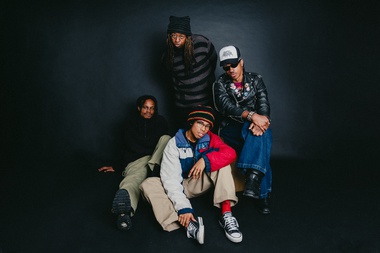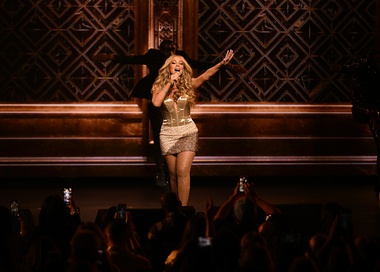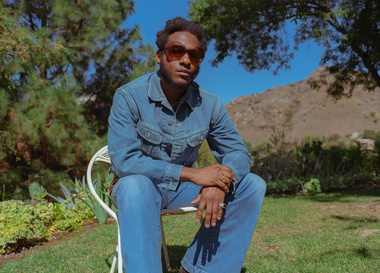
Taylor Swift 1989
It would be a stretch to call Taylor Swift’s 2012 album Red country music, but it might as well be Loretta Lynn compared to 1989, Swift’s first “official” pop album and about as far from country as she could get. Just because she’s abandoned twang and most live instruments (even guitars can barely be heard on 1989) doesn’t mean Swift has completely changed who she is. As on her previous albums, the best moments on 1989 come from the singer-songwriter’s expert combination of indelible hooks and soul-baring lyrics, many of which can be easily connected to her very public romantic relationships.
The difference is that on 1989 (named after the year of Swift’s birth, and also the time period she cites as its major musical influence) those hooks and lyrics have been crafted with the help of pop architects Max Martin, Shellback, Ryan Tedder and Jack Antonoff, among others. Martin and Shellback, in particular, who worked with Swift on three of Red’s songs, dominate nearly the entire album, with a hand in everything from the big, bright dance-pop of lead single “Shake It Off” to the moody, minimalist “Wildest Dreams.” Working with writers and producers who create songs for so many other artists opens Swift up to the risk of sounding like a generic pop singer, and indeed some of 1989’s songs sound a bit like forgettable assembly-line productions. “How You Get the Girl” is full of bubbly pop platitudes, and “This Love” is a flat, somber ballad.
But even on something as tossed-off as “How You Get the Girl,” Swift is still strikingly adept with small turns of phrase (describing the happiness of a relationship as “pictures in frames of kisses on cheeks”), and elsewhere her lyrics are as brilliantly evocative as ever. “Blank Space” is a devastatingly self-deprecating catalog of Swift’s romantic failings (“I can make the bad guys good for a weekend”), and “Out of the Woods” accomplishes her signature trick of transforming hyper-specific details into something universal. They’re also, not coincidentally, the best songs on the album, distillations of her talents just as potent as anything she ever recorded as a country artist.






